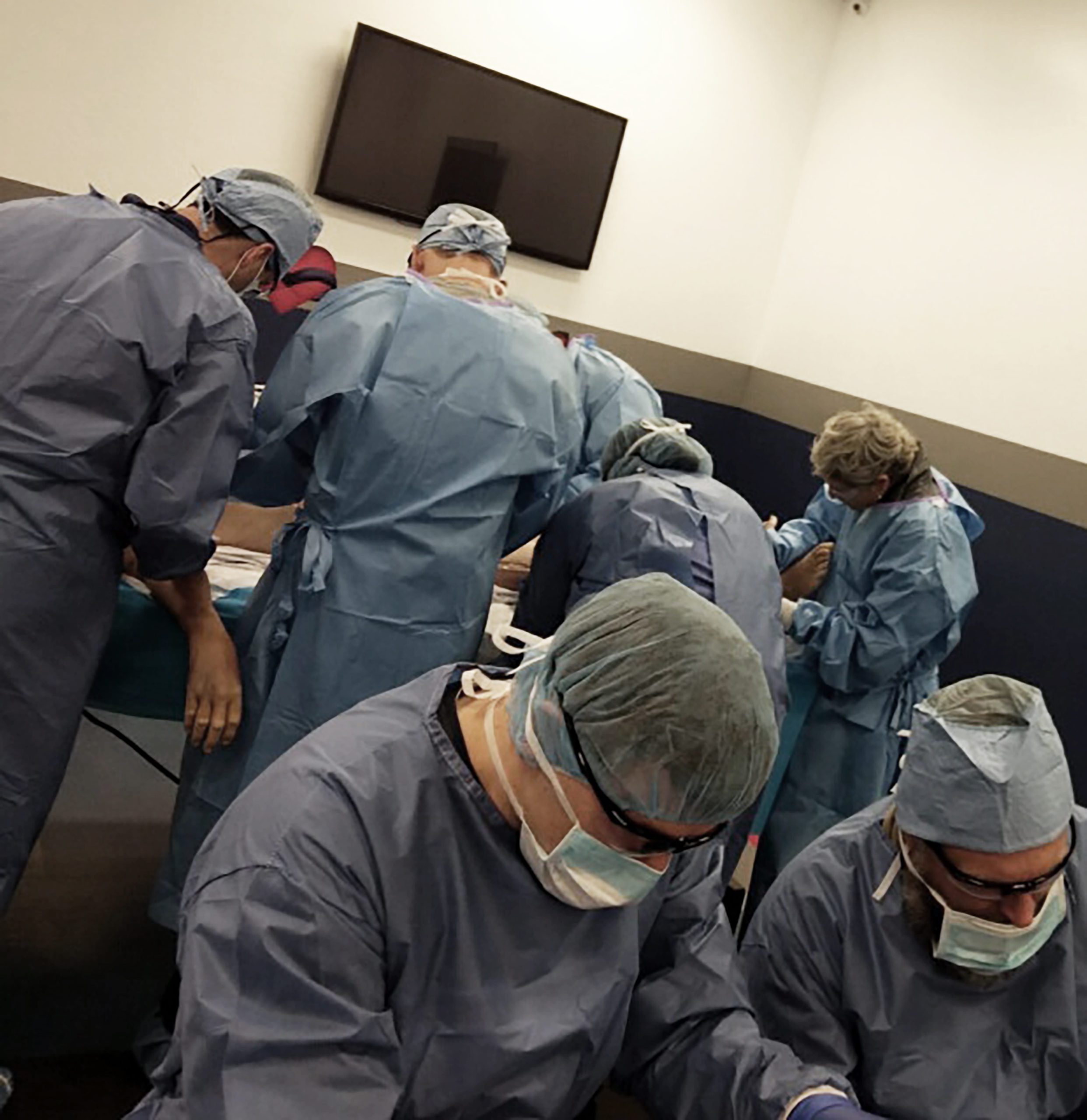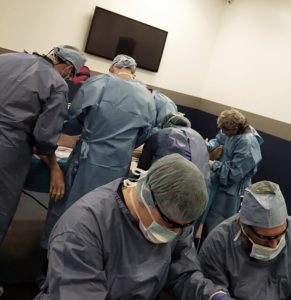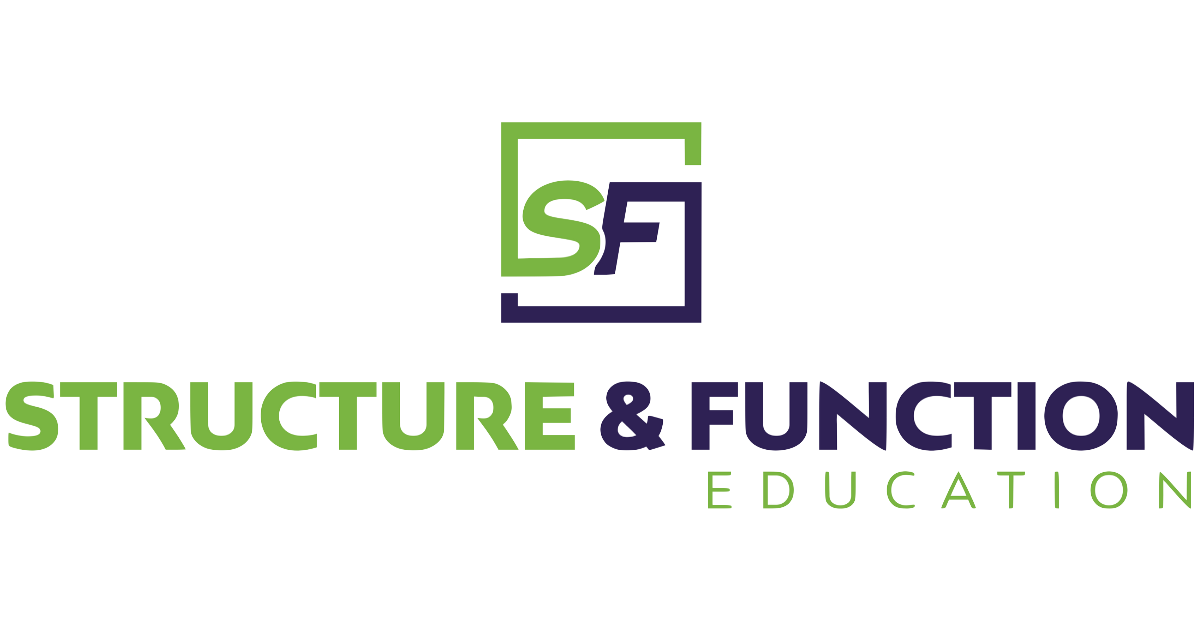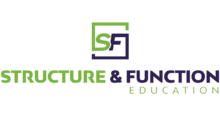
Anatomical Dissection
In this 3.5 day, 25-hour lab-based Anatomical Dissection course, you will have the opportunity to dissect and explore the human anatomy via fresh-frozen tissue cadavers. This is a full body dissection opportunity. The cadavers are not embalmed, which allows for a more realistic appreciation of tissue quality and fascial connections.
While this class is intended for an improved appreciation for human anatomy as it relates to dry needling safety, we value the relationship of dry needling with other clinical interventions such as manual therapy, therapeutic exercise, and strength and conditioning. Therefore, we encourage all healthcare and sport performance practitioners with a passion of improving their anatomical knowledge to join this course.
During lab, you will dissect a cadaver under the guidance of lab instructors, carefully exploring safety considerations and relevant anatomical relationships for a multitude of therapeutic interventions including dry needling, manual therapy and human movement. A maximum of 6 people per cadaver will facilitate the learning opportunity for each student, allowing a truly hands on dissection experience for each person.
**Attendance Policy – Prior to registering for the course, make sure you are able to attend the entire weekend. Exceptions to this rule will not be allowed. For more details, please see the cancellation and attendance policy.
Dry Needling Disclaimer:
- This is an anatomy class only. While we will often be exploring the anatomy in the context of dry needling safety, this course will not be providing instruction on the intricacies of dry needling as a skill. We are not discussing the use of dry needling as it relates to diagnosis, only anatomy.
- You are not authorized to dry needle after completing this course. If advanced skills are discussed beyond your scope of practice or level of education, you must take a class which ensures proficiency in accordance with state laws, rules and regulations regarding dry needling.
Upon course completion, you will:
- Integrate surface anatomy palpation and layered anatomy application for safety considerations when inserting a fine filiform needle into a patient given a specific case study.
- Locate musculoskeletal, neural, fascial and visceral tissues in a given area of the body based on a clinical presentation.
- Explain anatomical relationships of musculoskeletal, neural, fascial and visceral tissues in a given area.
- Assess risk for inserting a needle into a given area based on anatomical considerations.
- Perform guided dissection of the human cadaver to appraise interrelationships of anatomical structures.
- Identify anatomical safety concerns when inserting a fine filiform needle into a patient givena specific region of the body.
- Demonstrate improved appreciation for human anatomy as it relates to dry needling safety.
- Demonstrate an appreciation for depth and location of structures as it relates to dry needling safety.
- Discuss the importance of safety rules surrounding dry needling education based on anatomical reference.
Prerequisite:
A desire to improve your clinical or sport performance practice via a deeper understating of anatomical knowledge. Any medical license or sport performance certification is eligible to take this course. If you do not hold a specific credential in healthcare or human performance, please contact us at info@structureandfunction.net to see if you are eligible to take this course.
Required Reading:
- Peuker E, Cummings M. Anatomy for the acupuncturist–facts & fiction 1: the head and neck region. Acupunct Med. 2003;21(1-2):2–8.
- Peuker E, Cummings M. Anatomy for the acupuncturist–facts & fiction 2: the chest, abdomen, and back. Acupunct Med. 2003;21(3):72–79.
- Peuker E, Cummings M. Anatomy for the acupuncturist–facts & fiction 3: upper & lower extremity. Acupunct Med. 2003;21(4):112–132.
- Halle JS, Halle RJ. Pertinent dry needling considerations for minimizing adverse effects – PART ONE. Int J Sports Phys Ther. 2016;11(4):651-662.
- Halle JS, Halle RJ. Pertinent dry needling considerations for minimizing adverse effects – PART TWO. Int J Sports Phys Ther. 2016;11(5):810-819.
- Trail Guide to the Body 5th Edition or any human anatomy text or atlas.
- Visible Body App – Human Anatomy Atlas for iPad/ iPhone/ Android- $24.99 App Store
- YOU WILL BE GIVEN A CODE FOR A FREE ONE-YEAR DOWNLOAD AFTER YOU REGISTER FOR CLASS.
- This code cannot be downloaded on a computer, must be a phone/tablet. Can only use the free code for 1 device.
- This code will be emailed to you 7-10 days prior to the course you are registered for.
Please wear appropriate lab clothing, long pants and comfortable closed-toe shoes, as you will be standing much of the day. Lab coats, gloves, and protective eye wear will be provided. **If you have a latex allergy, it is recommended for you to bring your own gloves for use during lab.
You will receive an email 7-10 prior to the course you registered for with the following:
- Any course specific instructions such as location reminder, parking instructions, etc.
- Log-in information and instructions for the backend of www.structureandfunction.net
- This log-in information will allow you to access power points, class forums, helpful forms, etc.
- Please be sure to log-in successfully to the backend of the website prior to class
For more information on CEU approval, please click here
Upcoming Courses
Anatomical Dissection

In this anatomical dissection class you will have the opportunity to dissect and explore the human anatomy via fresh-frozen tissue cadavers. This is a full body dissection opportunity. The cadavers are not embalmed, which allows for a more realistic appreciation of tissue quality and fascial connections. Dissect a cadaver carefully exploring safety considerations and relevant anatomical relationships for a multitude of therapeutic interventions including dry needling, manual therapy and human movement.
Course Provider: Organization
Course Provider Name: Structure & Function Education
Course Provider URL: https://structureandfunction.net/dry-needling-courses/sfdn-ad-anatomical-dissection/
Course Mode: Blended
Course Workload: PT25H
Duration: PT25H
Repeat Count: 3
Repeat Frequency: Daily
Course Type: Paid
Course Currency: USD
5

